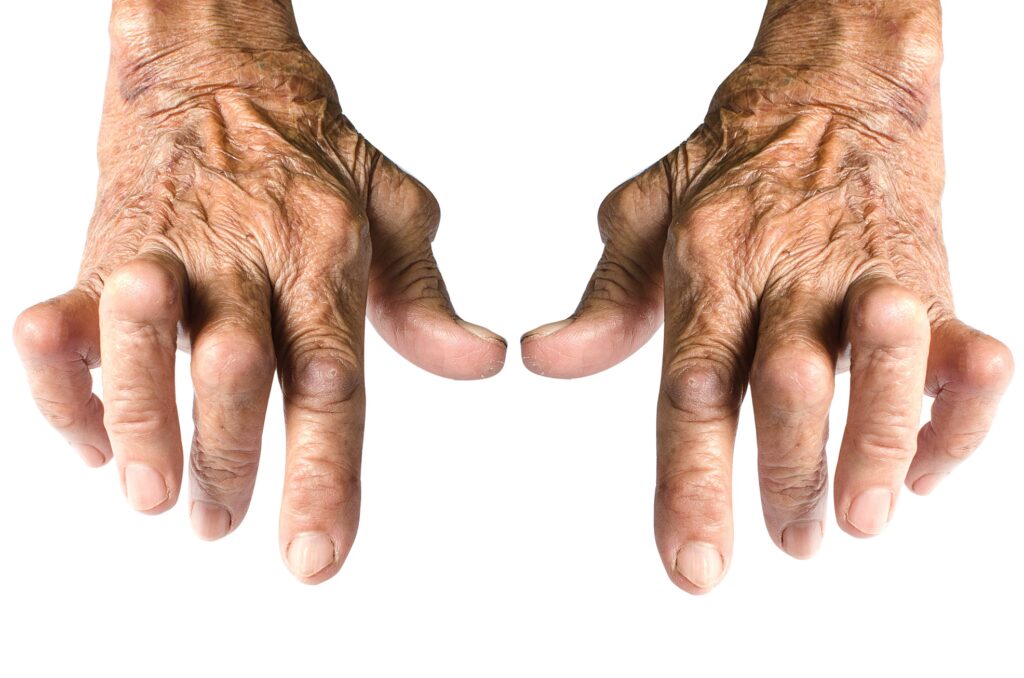Introduction
Osteoarthritis is a degenerative joint disease that affects the cartilage, a protective tissue that covers the ends of bones in joints. It is one of the most common forms of arthritis, affecting millions of people worldwide. Osteoarthritis can cause joint pain, stiffness, and loss of mobility, making it difficult to perform daily activities.

Despite being a prevalent condition, there is still much that is not known. In this article, we will provide an in-depth overview of osteoarthritis, including its causes, symptoms, treatment options, and prevention strategies.
Causes of Osteoarthritis
Osteoarthritis is caused by a combination of factors that can damage the cartilage and other joint tissues over time. Some of the most common causes of osteoarthritis include:
- Aging: As we age, the cartilage in our joints can become weaker and more prone to damage.
- Joint injuries: Previous injuries or trauma to a joint can increase the risk of developing it.
- Obesity: Carrying excess weight puts additional stress on the joints, increasing the risk of osteoarthritis.
- Genetics: Some people may have a genetic predisposition to developing it.
- Repetitive stress: Repeating the same motion over and over again, such as in certain jobs or sports, can cause wear and tear on the joints.
Symptoms of Osteoarthritis
The symptoms of osteoarthritis can vary depending on which joints are affected and how severe the condition is. Some common symptoms of osteoarthritis include:
- Joint pain, especially after periods of inactivity or overuse
- Stiffness in the affected joint, especially in the morning or after sitting for a prolonged period
- Loss of flexibility and range of motion in the joint
- A crunching or grinding sensation in the joint during movement
- Swelling or tenderness in the affected joint
If you are experiencing any of these symptoms, it is important to speak with your doctor to determine the underlying cause and appropriate treatment.
Treatment for Osteoarthritis
There is no cure for osteoarthritis, but there are several treatment options that can help manage symptoms and improve joint function. Some of the most common treatment for osteoarthritis include:
- Medications: Over-the-counter pain relievers, such as acetaminophen and ibuprofen, can help reduce joint pain and inflammation. In some cases, prescription medications may be necessary. Such as such as ibuprofen (Advil, Motrin IB, others) and naproxen sodium (Aleve), Tylenol Arthritis.
- Physical therapy: A physical therapist can help develop an exercise program to improve joint flexibility and strength, as well as reduce pain.
- Joint injections: Corticosteroid injections can help reduce inflammation and pain in the affected joint.
- Surgery: In severe cases, joint replacement surgery may be necessary to replace the damaged joint with an artificial one.
Prevention for Osteoarthritis
While there is no guaranteed way to prevent osteoarthritis, there are several strategies that can help reduce the risk of developing the condition. Some of the most effective prevention strategies include:
- Maintaining a healthy weight: Losing excess weight can help reduce the strain on joints, particularly in the knees and hips.
- Staying active: Regular exercise can help keep joints flexible and strong, reducing the risk of injury.
- Avoiding repetitive stress: If you have a job or participate in a sport that requires repetitive motions, take breaks and stretch regularly to reduce the strain on your joints.
- Protecting your joints: Wearing appropriate protective gear during sports or work activities can help prevent joint injuries.
- Eating a healthy diet: A diet rich in fruits, vegetables, and whole grains can help reduce inflammation in the body, which can help protect joints.
Therapy for Osteoarthritis in the Future
Treatment for osteoarthritis is still being researched, and promising novel treatments such stem cell and gene therapies are emerging. To completely comprehend the underlying causes of osteoarthritis, further study is required as the development of effective treatments for the ailment is tough.
Comorbidities conditions and osteoarthritis
Individuals who have this disease could be more susceptible to conditions like depression and cardiovascular disease. In addition, managing these illnesses can be difficult, but doing so is crucial for maintaining general health.
Getting Active and Osteoarthritis
Exercise can help control the symptoms of osteoarthritis and enhance general health. Walking, swimming, and cycling are low-impact exercises that help increase joint flexibility and lessen pain. For the purpose of creating a secure and efficient workout regimen, collaboration with a medical professional or physical therapist is crucial.
Diet and Osteoarthritis
By lowering inflammation and preserving a healthy weight, maintaining a balanced diet can assist in managing the symptoms of osteoarthritis. While processed foods and sugary beverages should be avoided, foods like fatty fish, nuts, and berries may be advantageous.
Mental Health and Arthritis
Osteoarthritis can be emotionally taxing, so it’s critical to treat the condition’s effects on mental health. Stress and anxiety can be managed with coping skills including relaxation exercises and support from loved ones.
FAQs
Is osteoarthritis treatable?
There is no cure for osteoarthritis right now, but there are a number of treatments that can help manage symptoms and improve how well joints work.
How can you tell if someone has osteoarthritis?
Osteoarthritis is usually found through a combination of physical exams, medical history, and imaging tests like X-rays or MRI scans.
Can osteoarthritis be stopped before it starts?
There is no surefire way to prevent osteoarthritis, but keeping a healthy weight, staying active, avoiding repetitive stress, protecting your joints, and eating a healthy diet can all help lower the risk of getting the condition.
Conclusion
Osteoarthritis is a very common disease that affects millions of people all over the world. Even though it can’t be cured, there are a number of treatments that can help manage symptoms and improve joint function. You can also lower your risk by living a healthy life, which includes eating well and exercising regularly. If you are having pain or stiffness in your joints, you should talk to your doctor to find out what’s going on and how to treat it.